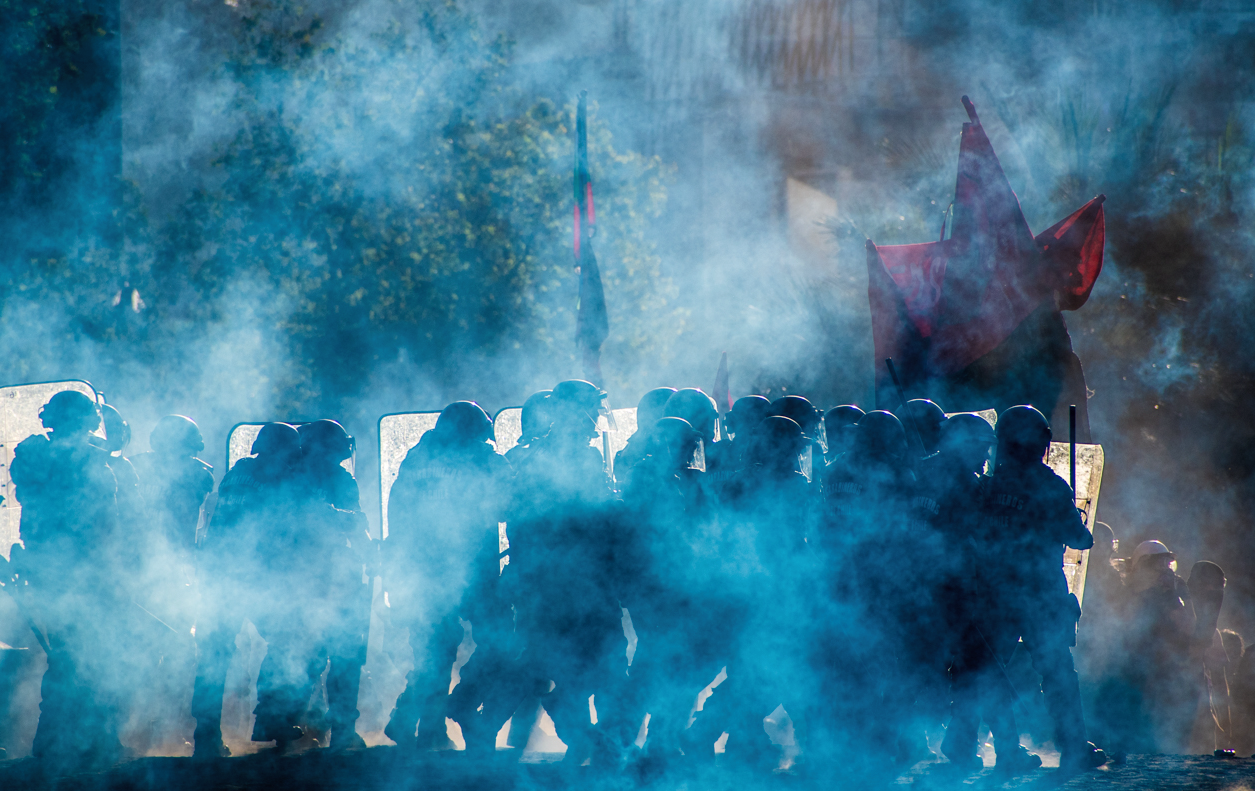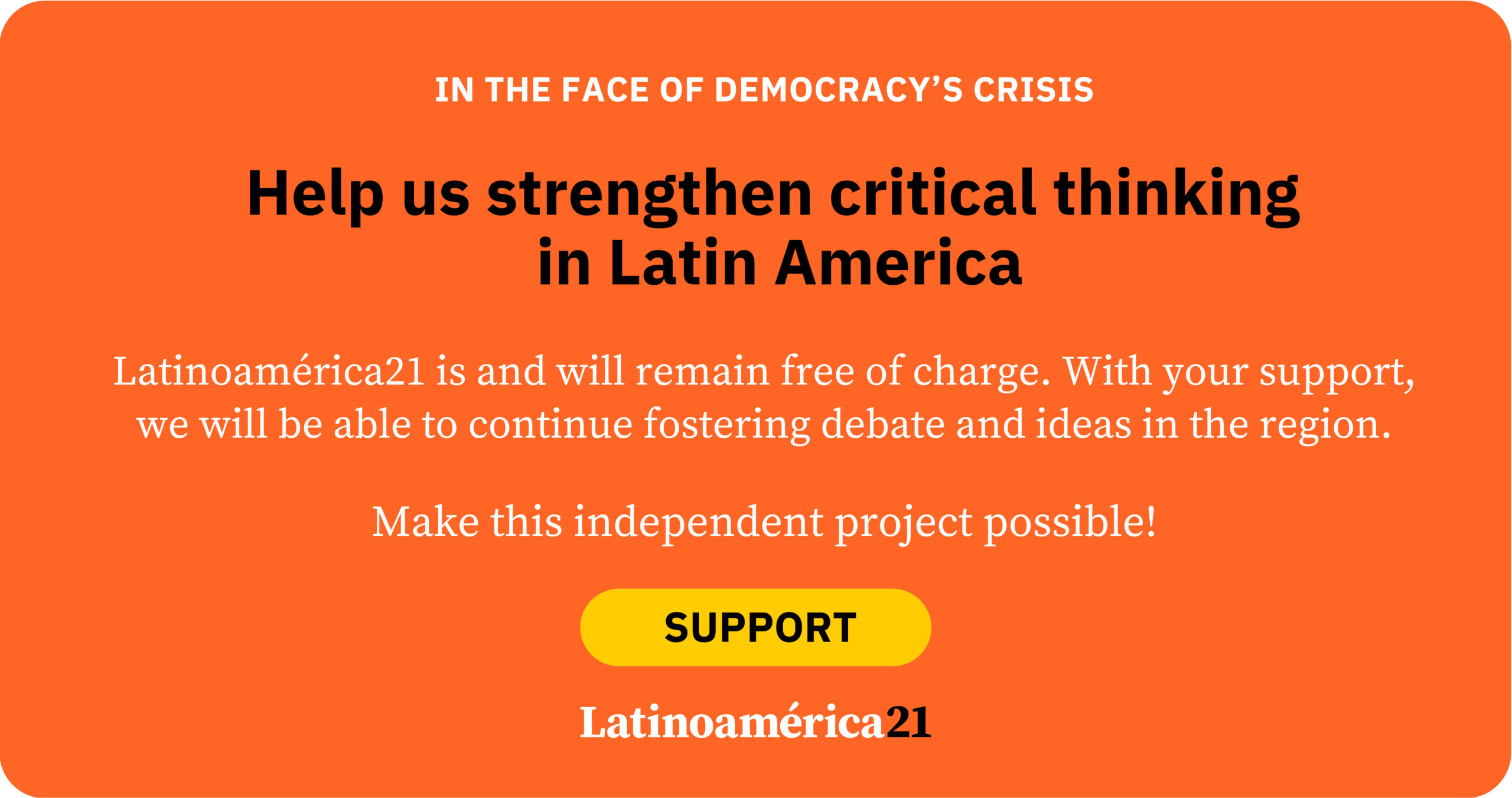If someone had said that almost 5 years later, the situation would be like this, almost nobody would have believed it. Chile, one of the most stable South American countries in the last 30 years, seemed to change overnight when a virtually unprecedented social outburst stormed the world’s media on October 18, 2019. Over the course of several weeks, millions of Chileans took to the streets with diverse slogans demanding substantial change. That mosaic of heterogeneous demands, as the days went by, articulated into a single request that shook the structure of Chilean society: the need to have a new political Constitution that would enable all these changes.
Many will remember what followed. After a month of demonstrations with millions of people in the streets, then President Sebastián Piñera called for a series of plebiscites to draft a new political constitution that would substantially change the model that one of the three most consolidated democracies in Latin America had inherited from the dictatorship.
However, nothing of the sort happened. After the overwhelming rejection of the final drafting of the new constitution in 2022, with a clear refoundational and leftist cosmovision added to the failure of the second convention in 2023, led mostly by right-wing conventions, Chile returned to its starting point before the 2019 protests.
Gabriel Boric, a young leftist whose coalition, Frente Amplio, capitalized on the post-October 2019 discontent, has failed to deliver on his campaign promises. After these two failed plebiscites that led to the failure of the possibility of a new constitution, it seems that Chile did not advance in anything. The current president is still unable to reform pensions, the middle class is still going into debt to send their children to school, and although the poorest 40% who are covered by public health insurance no longer have to pay co-payments for medical care, the huge differences in health care between rich and poor continue. However, and although it may seem that nothing changed at the structural level, the social outburst left an indelible mark on those who participated but also among those who were always against it.
Of that society, that in 2019 seemed to have a great consensus regarding the destiny that the country had to take, there is little and nothing left. Political and social polarization seems to be the great protagonist of Chilean society and the abyss that today divides them has no other date than October 2019. To this day, Chileans have never reached an agreement about what happened during that time nor how to move forward. Those, like a part of the elite who live in the communes of the eastern sector of Santiago and who always opposed the marches, today not only ask that the prisoners remain in jail but also take advantage of their spaces in the media and in politics to pontificate about what Chile cannot allow again, while several of those who took to the streets and embraced the slogans of the outbreak in a measured way, today seek to turn the page and even ask the leftist president, whom they voted for with great enthusiasm two years ago, to be more moderate today. And others, those who actively took to the streets and participated in the marches, like my interviewee, only find frustration. “So much struggle for nothing,” exclaims Francisco, a 33-year-old historian who participated in the social outburst in October and November 2019, disappointed.
You look at Chilean society and even the city of Santiago, and it looks like a war happened. But you stop to think and on a day-to-day basis absolutely nothing changed. Education and health are still not public, the AFPs (Pension Fund Associations) still exist, even water is still private. And the political class, the same ruling class that has been in power for decades, is now in Congress preventing any attempt at change, as if they had not listened to the millions of us who took to the streets. The social outburst was a moment when Chile finally had social cohesion, a common cause. Today, however, we are all isolated and from that October 2019 only the unresolved causes and police violence remain.
Francisco’s discouragement is not for nothing. This event somehow caused a before and after in the life of the historian. We could say that Francisco was in the wrong place at the wrong time: in “the biggest march in Chile”, one of the most popular in the democratic history of the country. What was a peaceful demonstration ended up becoming a war against the police in which Francisco, although he tried to remain aloof, ended up involved.
After an unknown person with whom he had no connection threw stones and bricks at the Carabineros (Chile’s national police force), a brutal repression was unleashed, including tear gas. At that moment, Francisco, who only had in his hands a banner that read “The right to live in peace”, in reference to a song by the Chilean singer-songwriter Victor Jara, ducked to protect himself from the gas and was unjustly arrested for some hours in a Santiago police station. After no criminal record or evidence was found against him, he was released a few hours later. However, not everyone had the same luck. Analyzing the toll of the Chilean social outburst, the figures speak for themselves. In addition to 34 people who died in the mobilizations, the number of people arrested ranged from 8,800 to more than 20,000, in addition to more than 8,000 victims of police violence and 400 cases of eye trauma.
“Because of that repression, not only was I detained for a few hours in an unjust and arbitrary manner, but I also got a scar on my arm that will probably never fade. And all for what?” says Francisco. What for? Francisco’s question resonates today in a large part of the Chilean middle class that took to the streets. Five years later, many believe it was not worth it. For people like the historian, the present is even worse than the stage before the social outbreak.
“Before, the model was unjust, but the expectation that someday this would explode and change still existed. Not anymore. For something like this to happen again, but with real changes, much more than 30 years will have to pass.”
Today, almost 5 years after that movement that shook Chilean society, there is still much to be resolved. From the hope for change that opened the way in October 2019, today the situation is completely the opposite. Not only the polarization and misunderstandings among Chileans are enormous, but the sectors that always opposed the outburst and raised the rejection of the new constitution, such as the traditional political class and the economic elite, are more inbred than ever, backed by resentment and fear that their worst nightmares will come true.
For those who took to the streets the reality is not much better. The feeling that the only possibility to structurally change a country was lost continues to accumulate frustrations on top of a pile of disenchantment that was already too big. In short, the feeling is that of a revolution that failed.
*Translated by Janaína Ruviaro da Silva from the original in Spanish.













